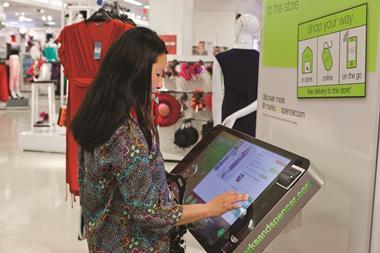Omnichannel retailing runs much deeper than simply complementing a high street store with an online presence.

Today’s consumers expect instant gratification and seamless movement between different channels.
This poses a significant challenge for many retailers, whose infrastructure – from IT processes to warehouses – was not built to cope with this connected flow of information.
Neil Kinson, vice-president, EMEA, at Redwood Software, says: “If masterminded correctly, the increased number of customer touch points can bring enormous opportunity to gather valuable customer data and cement relationships by delivering excellent service.
However, achieving this level of synchronisation relies on tightly automated processes.”
Kinson adds that consumers don’t see channels, but experience a brand, and background infrastructure will only come to their attention when something goes wrong.
Kinson says: “The back office is only hidden when it works, coordinating with customer-facing parts of the business to streamline critical activities such as stock listing and inventory checks.”
Reliance on manual tasks brings increased opportunity for error, and it won’t be long before the cracks begin to show in slow delivery times and unnecessary costs related to cancelled orders and customer compensation for poor service.
Increasingly sophisticated technology is improving things for those that have it and creating even bigger challenges from a competitive standpoint for those that don’t.


























No comments yet